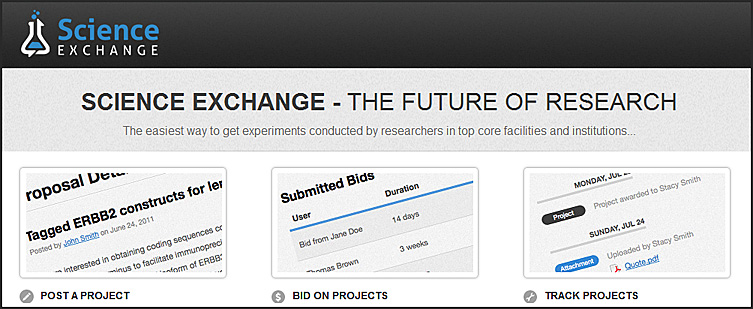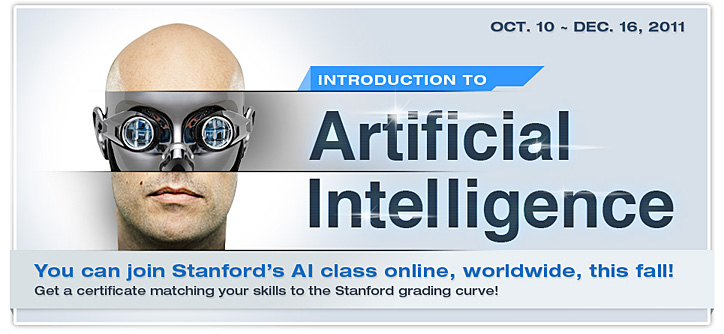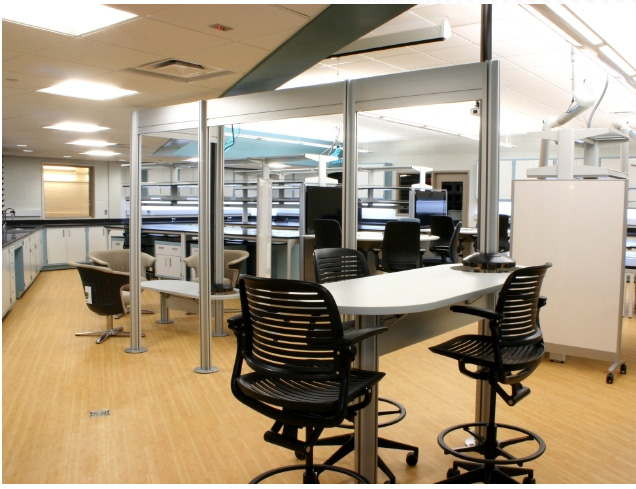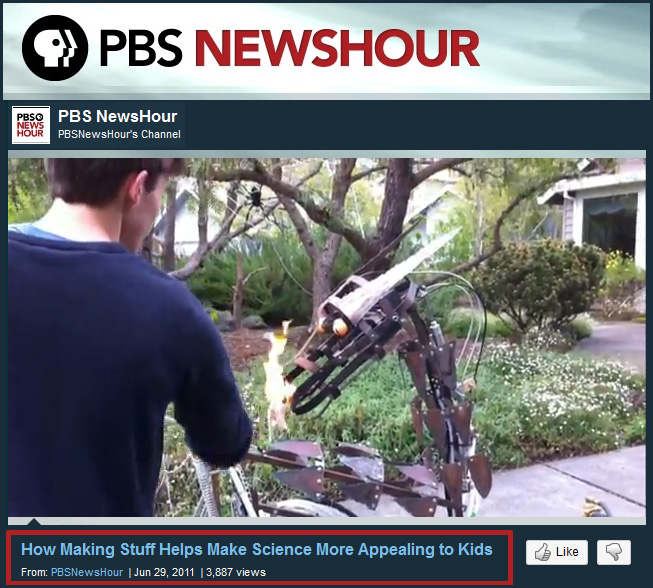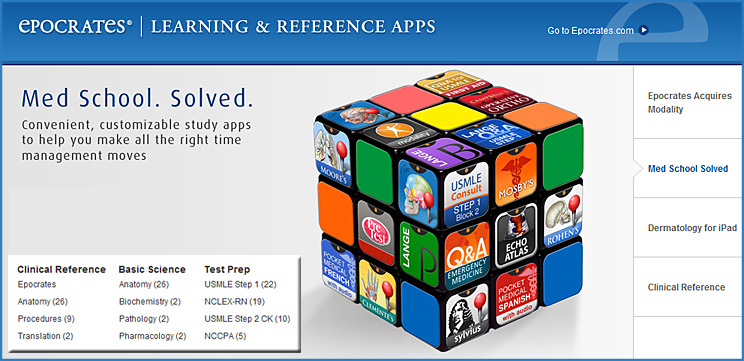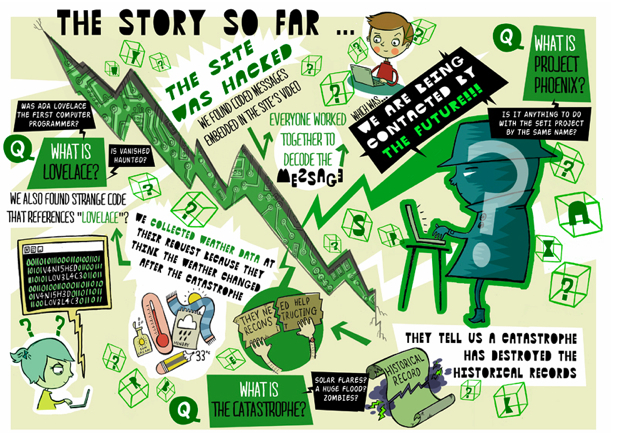20 stunning infographics to show how climate change affects ecosystems — from mastersinenvironmentalscience.org; with thanks to Donald Smith for the resource
Excerpt:
According to one infographic in this list, many people believe that climate change is happening and that it is irreversible. The difference in opinion is in how climate change is occurring. On the other hand, another information graphic shows that fewer people are believing the climate change scenario despite evidence of glacier melt and an increase in dramatic weather patterns such as more rain and drought. A degree in environmental science may not affect what you believe, but evidence-based science is difficult to refute, especially when faced with over 20 graphic images that show how climate change is affecting ecosystems.









